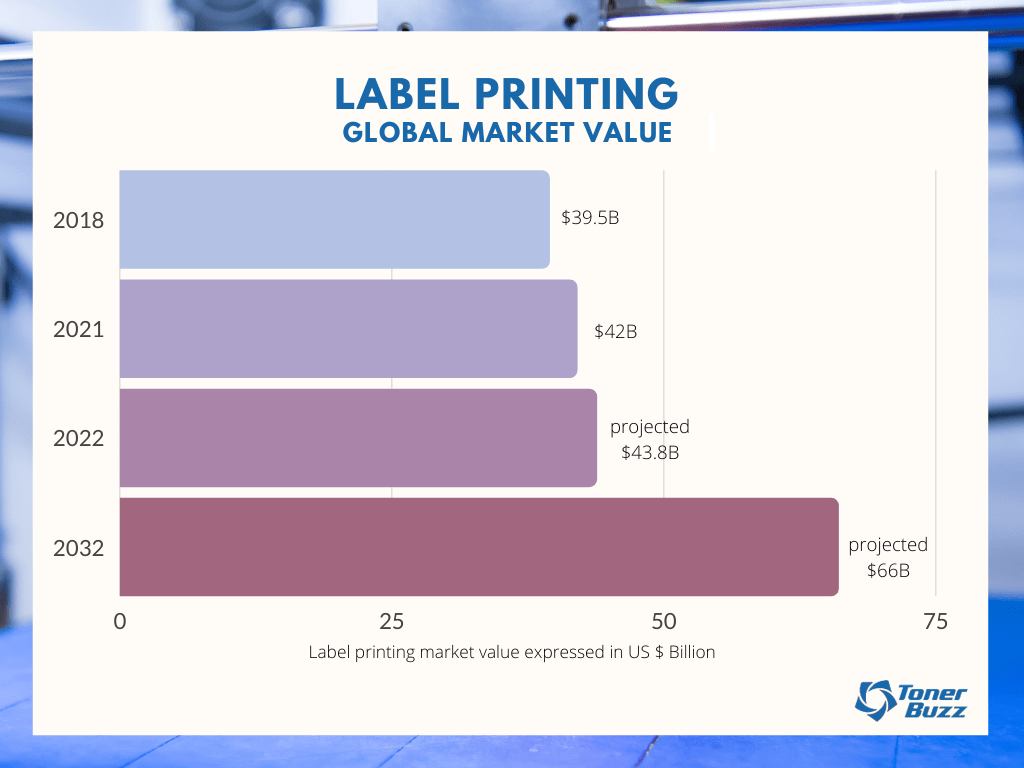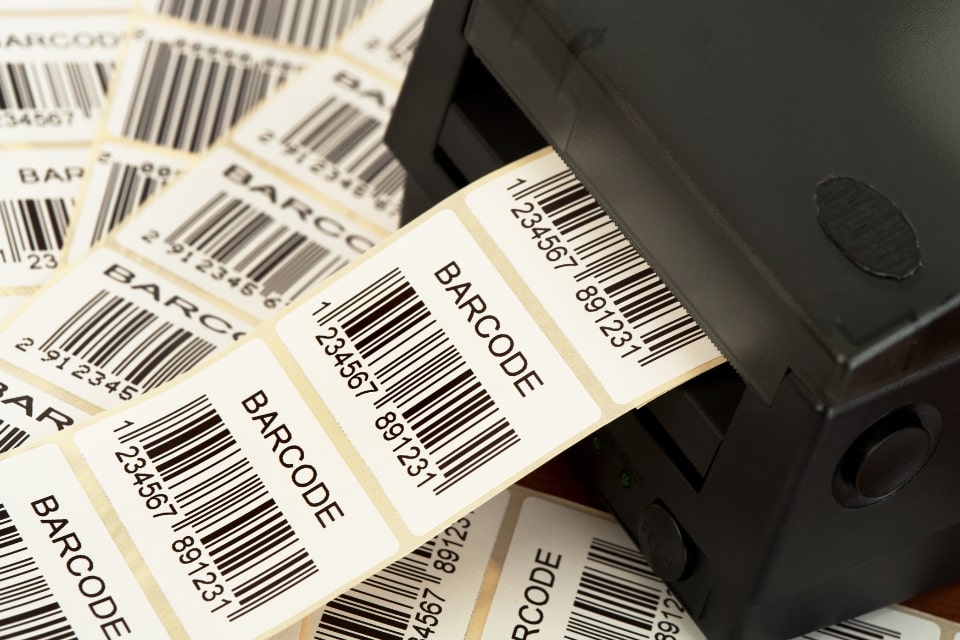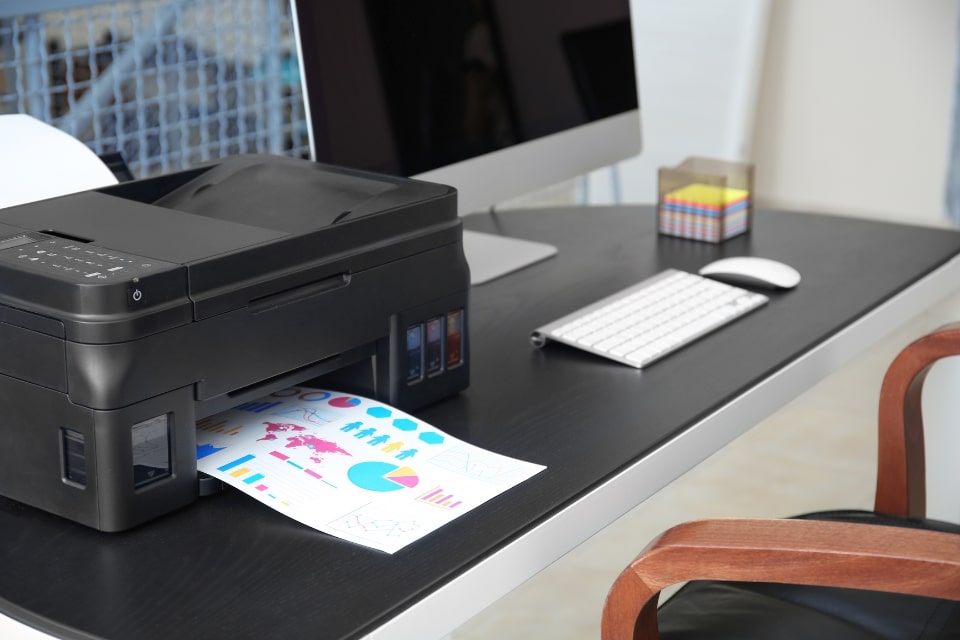Printing Industry Trends: What Do Stats Tell Us?
Posted by Rob Errera on 09/09/2022

Despite the “ decline of traditional printing”, the printing industry trends are actually showing us growth in (almost) every sector. Different industries continue to embrace printing technology, demonstrating its adaptability and essential role in modern business environments.
Printing has evolved over time. Small and medium enterprises joined the big players and started participating in the ever-growing market of custom-made products.
This tells us that the printing industry is not dead, and is able to reinvent itself and fulfill modern customer needs with technologies like 3D printing, web-to-print, cloud printing, custom packaging, etc.
Let’s look at the statistics and let’s see what the printing industry trends are telling us.

Printing has reinvented itself in recent years becoming more accessible.
Web To Print (aka Remote Publishing)
From print and media advertising to personalized everyday items, web-to-print (W2P) is a rapidly expanding sector in the last couple of years.
It’s difficult to pinpoint all the niches in the W2P market, but thanks to its remote publishing nature we can safely single out the ones with that promise the most:
- Business IDs and logistics-related, on-demand print
- Books
- Photobooks and promotional material
- Crafts and arts
Thanks to W2P's compound annual growth rate of 6.2%, the industry broke the $ 1 Billion dollars market size cap worldwide (with the US market estimation of $290.1M).
According to this prognosis, we can expect to surpass the $1.5B mark by the year 2027. But, since the pandemic put the W2P into overdrive, we may expect to hit this mark much sooner.
Label Printing For Businesses Old and New
Another promising branch of the printing industry is label printing.
Believe it or not, the label printer market reached a value (found in this label printer market study) of $42B in 2021, with the anticipated growth to about $49B by 2024, or as much as $66B by 2032.

This significant CAGR of 4.2% (Compound Annual Growth Rate) was caused by more and more people going into e-commerce.
And, despite their need for a quick, monochrome solution (for barcodes and serial numbering), inkjet technology started dominating the label printer sector along with a long-time favorite, thermal transfer printing technology.
If we were to single out the most valuable part of label printer tech, the barcode printer, we could see a solid compounded growth of 5.8%, with an estimated value of just over $1B.
This trend is likely here to stay since the demand for affordable (and above all portable) label printers is only getting higher.

Label printing is one of the fastest growing sectors in the printing industry.
Additive Manufacturing (aka 3D Printing)
Printing has a new dimension! The industry of additive manufacturing, aka 3D printing, is one of the most promising printing sectors nowadays.
Printing in three-dimensions enabled manufacturers of all sorts to design, create, and distribute parts all around the world.
With the DIY community amplifying this effect, we now have the global 3D printing market reaching a value of $13.8B (2021). The growth is huge - the market went up from $11.6B in 2019.
Just within the US, this figure reaches $5.7B in 2021. Ultimately, researchers expect that this market will keep on growing rapidly - reaching as much as $76B in revenue by 2030 globally.

This branch of the printing industry also scored the highest compounded growth, estimated at 18% to 27%.
With a trend like this, investments are coming, and most importantly, world-renown printing brands are throwing their hat into the ring as well.
AutoDesk, HP, 3D Systems, Desktop Metal, Proto Labs, and many more are entering the 3D market to stir up the competition.
Besides engineering and manufacturing, 3D printing found significance in healthcare as well.
So much so that in 2020 healthcare 3D printing reached a market value of $1.7B, with a 22.3% growth that year. And, with 3D printer plastic getting cheaper by the day, we are yet to see the limits of this printing sector.

Invisalign braces are one of the most commercially successful uses of 3D printing in dental and health care.
Cloud Printing for The Ultimate Convenience
Cloud printing is the ideal way to centralize your printing infrastructure, no matter the scale of your business.
This steadily-growing market (11.5% growth in 2021) was once dominated by Google Cloud. Nowadays, we can see competitors coming in from left and right, offering alternatives to companies of all sizes.
According to Quocirca, about 43% of organizations worldwide use cloud print management systems at least occasionally. It’s no wonder why considering the benefits printing system bring to the table:
- A simplified printing process for all employees (all devices connected to the internet can be a part of the cloud printing system).
- Better overview over larger piles of printed documents.
- Cost-effectiveness through better resource management. Companies that use cloud printing produce less e-waste.
Thanks to the convenience of cloud printing (and the healthy competition), the anticipated market value for this sector is projected at $4.368M by 2032.

With cloud printing, you don’t need to be in the office at all.
Printing Industry Trends - FAQ
What Is the Printing Sector With the Most Growth/Promise in 2022?
There’s no definite prediction, but if we were to pick a printing sector with the most promise - 3D printing would be the one.
With an annual growth of up to 27%, we are yet to see the full potential of what 3D printers have to offer.
Is the Future of Printing Green?
The industry giants are actively working on eco-friendly solutions for the entire printing industry.
For example, HP makes sure that 82% of its original ink cartridges contain anywhere between 45% and 70% of recycled material instead of plastic.
In laser printers, their eco-friendly practices are solid too -all HP laser toner cartridges contain up to 45% recycled content.
Fruitful strides have been made by many R&D departments, but 3D printing still represents the biggest challenge.
Due to high material needs, 3D printing eco-friendliness needs to be solved through greener materials.
What’s the Future Direction of the Printing Industry?
The concept that’s expected to impact the printing industry the most is none other than - customization.
Web-to-print and printing-on-demand are driving the market towards custom-made solutions for virtually all markets out there.
These concepts allow manufacturers of all levels to expand their offers into a whole new market.
Printing Industry Trends - Where Is Printing Headed?
As you can see, printing is alive and well. It just changed.
While the market is still volatile after the pandemic, we can safely say that custom-made printing will overtake the industry as the most promising niche. Be it in two or three dimensions.
All we can do is push for greener tech and allow the small-scale R&D departments to push printing to new frontiers!
Further Reading:
- Eye-Popping Book and Reading Statistics [2022]
- Paper Books vs eBooks Statistics, Trends and Facts [2022]
- 3D Printing Statistics (Additive Manufacturing Data)
- The World Of Printers— An Overview of The Global Printer Market
https://www2.deloitte.com/content/dam/Deloitte/global...
https://www.marketresearch.com/Global-Industry-An...
https://www.researchandmarkets.com/reports/182414...
https://www.futuremarketinsights.com/reports/labe...
https://www.smithers.com/services/market-reports/...
https://www.prnewswire.com/news-releases/barcode-...
https://www.grandviewresearch.com/industry-analys...
https://www.gminsights.com/industry-analysis/heal...
https://www.futuremarketinsights.com/reports/clou...
https://quocirca.com/content/quocirca-cloud-print...
https://www.hp.com/us-en/hp-information/recycling...
https://www.statista.com/topics/2991/printers-hardcopy...
 Calculating arrival date
Calculating arrival date









